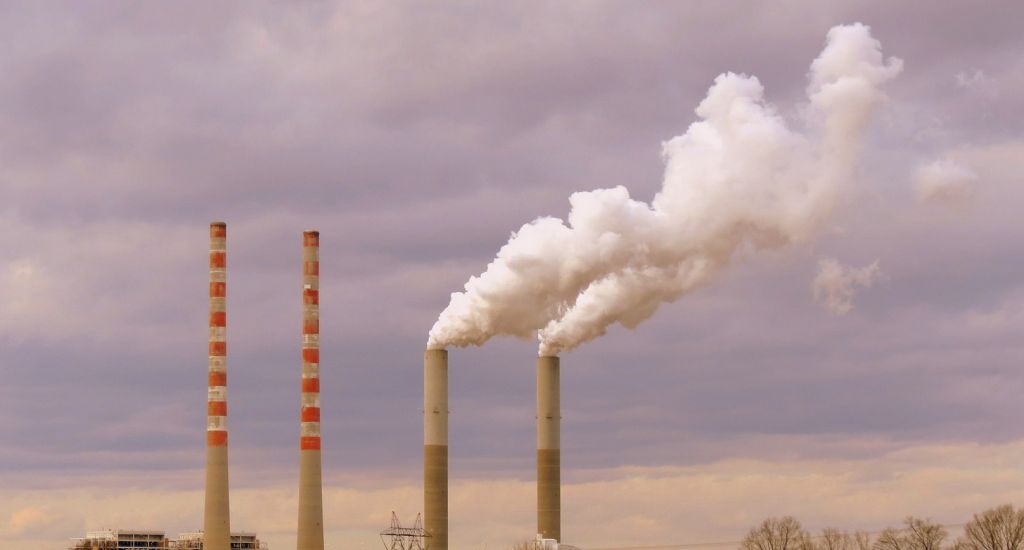Under President Trump, EPA Administrator Scott Pruitt has begun repealing the Clean Power Plan. To do so, he relies on a number of highly questionable claims.
For claims specifically about climate science, Climate Nexus has a debunking of the Top 10 Climate Myths.
The CPP Benefits Would Far Outweigh Costs:
- In justifying repeal, Pruitt’s EPA argues that the social cost of carbon should not include global benefits and national costs. But a 2016 Appellate Court decision upheld that approach. Climate change is a global problem, and government can’t isolate pollution from the US as different from that emitted in China. Plus, given the near-global acceptance of the Paris Agreement, a global focus is sensible. Therefore, the social cost of carbon should include global benefits of emission reductions.
- The repeal also zeroes out all health benefits from the CPP’s reduction of non-CO2 pollutants. Reductions in particulate matter and other pollutants would provide health benefits beyond the CO2 reduction. Pruitt’s plan simply pretends they don’t exist, ignoring the $29 billion in health benefits, in addition to an estimated 3,600 lives saved.
- The Pruitt EPA changes calculations regarding energy efficiency, moving them from the cost-averted to benefits columns. While this seems minor, experts point out that “As a result, the E.P.A.’s cost projections now include almost $20 billion of generating expenses for electricity that the agency’s own analysis shows would not be produced with the plan in place.”
The CPP Will Reduce Costs:
- The Clean Power Plan could shrink electricity bills by roughly eight percent per person in 2030 by increasing energy efficiency and reducing demand in the electricity system. This would save an average of $10 on monthly home electricity bills, and a cumulative $45.8 billion by 2030, according to a study out of the Georgia Institute of Technology.
- The Clean Power Plan would have had public health and climate benefits estimated at $55 to $93 billion per year by 2030, far outweighing costs. From the soot and smog reductions alone, each dollar invested in the Clean Power Plan would net American families $7 in health benefits.
- Vox covers a report showing renewables bring down power bills, and at the end lists numerous other reports that have come to a similar conclusion.
- We pay an unacceptable price for coal—as much as $500 billion dollars a year in damage to our environment and our health.
The CPP Would Create Jobs:
- The Clean Power Plan would increase demand for renewable power, which is already creating many jobs. In 2010 there were already 75,000 people employed by the wind industry, 170,000 by solar in 2014 and 25,000 in geothermal. CPP had the potential to create 274,000 new energy efficiency jobs in 2020.
- The Clean Power Plan would create a quarter million jobs.
- Clean energy employs five times as many people as coal and gas, and 41 states have more clean energy than fossil fuel jobs.
- In 2016, solar industry employment grew 25 percent to 260,000, surpassing oil and gas extraction (177,000), and coal mining (50,000).
- The US wind industry employs more than 100,000 – a 14 percent increase compared with the end of 2015.
- The solar and wind industries are creating jobs 12 times faster than the rest of the US economy.
The CPP is Not Unprecedented:
- Under Scott Pruitt, the EPA now claims the CPP is unprecedented in requiring changes “outside the fenceline” of power plants. That is, by requiring a shift from coal plants to renewables, as opposed to simply making each coal plant more efficient, EPA is exceeding its authority. But multiple other rules make that argument, as explained by a 2015 working paper from New York University’s Institute for Policy Integrity.
- The 2005 Clean Air Mercury rule, proposed by George W. Bush, set statewide mercury emission targets, like the CPP’s statewide carbon emission targets. Though vacated by the D.C. Circuit on unrelated grounds, the final version of the rule, the Mercury and Air Toxics Standard keeps the trading scheme.
- Other rules that went beyond the fenceline and allow emission trading include standards for Municipal Waste Combusters and Medical Waste Incinerators, the “good neighbor provision” of the National Ambient Air Quality Standards, the 1998 NOx SIP Call, the 2005 Clean Air Interstate rule, and the 2011 Cross-State Air Pollution Rule.
The CPP is on Solid Legal Footing:
- Massachusetts v. EPA compels the EPA to regulate carbon, since climate change is a public health threat and the science is sound. [Georgetown Climate Center, Massachusetts v. EPA, 549 S. 497 (2007)]
- Natural Resources Defense Council (NRDC) legal analysis found the “EPA has the legal authority and discretion to adopt a system-based approach to setting carbon pollution standards for existing power plants under Section 111(d) of the Clean Air Act.”
- The Supreme Court has already ruled that the EPA can regulate carbon emissions, finding that “the Clean Air Act authorized EPA to regulate power plants’ carbon dioxide pollution under Section 111(d).” [Longstreth, November 1, 2013, (American Electric Power v. Connecticut)]
The CPP is Not Responsible for the Decline of Coal:
- Market forces drove US coal production in 2016 to the lowest levels since 1978. Since 2010, 248 coal plants have closed in the US and more will continue to shutter due to economic inviability.
- Competition from cheaper natural gas and renewables will make it difficult, if not impossible, for this executive order to restore the coal industry to its former glory.
- Mitch McConnell, Murray Energy CEO Robert Murray, and Public Utility Commissioners have all spoken recently about how Trump shouldn’t expect to restore coal jobs to levels seen in the past.
- The administration’s steps to allow companies to mine on public land at cut-rate prices could lead to $310 million in lost revenue, and $150 billion in climate costs, at a time when companies aren’t even looking for new reserves.


